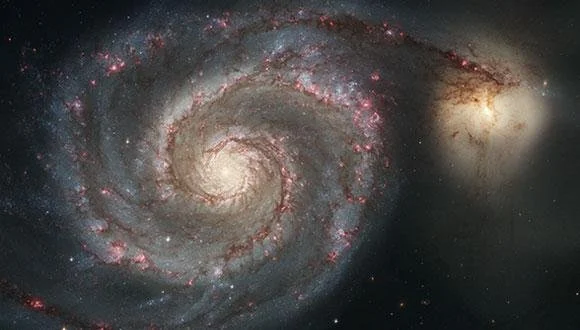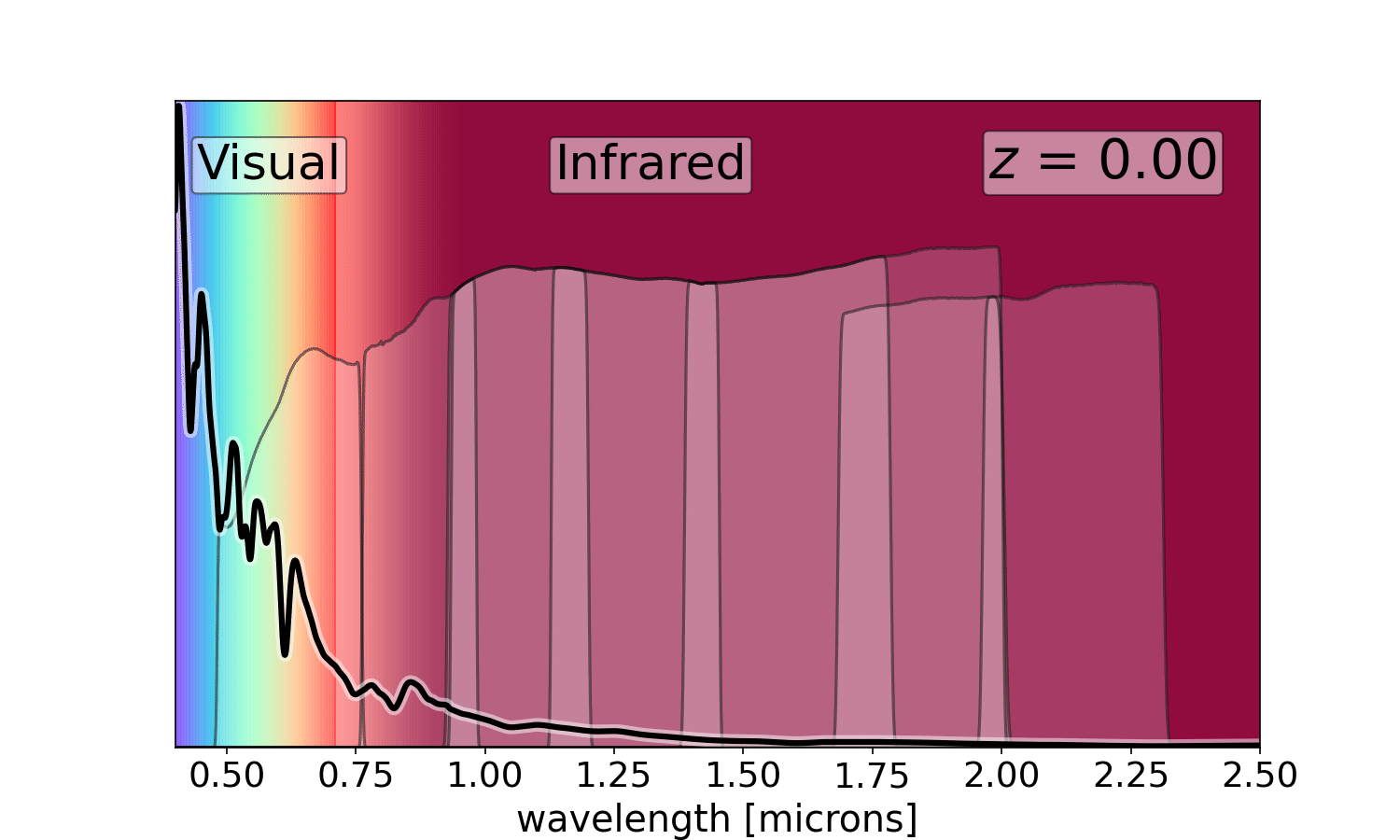
Science Communication
The Roman PIT team is dedicated to our collaboration with the Roman and scientific communities. We strive to share our work and make it as accessible as possible.
This is a visualization of the hsiao template at maximum brightness and was used for a workshop talk at the July 2025 Roman conference.
(Credit to Lauren Aldoroty and Taylor Hutchison and a special thanks to Stefano Casertano for the filter curves.)
There are several opportunities that the Roman PIT team is working on to include the general Roman and scientific community. We plan to hold several workshops that discuss our team’s infrastructure and how we implement that with the community. We also plan to hold several data challenges that focus on different areas of Roman analysis for the community.
Workshops:
Our experienced leaders of this PIT have already organized one of these events at AAS 241 where the community discussed the “Future of Transient Science with the Nancy Grace Roman Space Telescope” with both in person and online attendance.
Our team also plans to host three additional workshops that encourage discussion around several topics that show how our infrastructure work interfaces with the community. These topics include new methods of photometry and spectral reduction with under-sampled space images; how-to-reach mmag level space-based calibration; optimizing the survey strategy of the Roman HLTDS; and the transient universe with the Roman Space Telescope.
Data Challenges:
Our team will organize several data challenges for the community to participate in and will cover the following areas: end-to-end pixel level analysis; recovering light-curve distances to mmag level accuracy; and redshift identification for fain sources.
Our team’s work has also been recognized and shared in the broader community in a NASA article discussing our work to study dark energy via SN Ia as well as being mentioned in NVIDIA’s GTC Conference where “phrosty“ was highlighted. More information of our work being hilighted within the community can be found in the “Features“ page.

